More and more retailers and brands in the outdoor sports industry are offering used products. Resale meets the needs of the sustainable consumer target group and generates sales. But there are challenges, especially regarding pricing. Should a pair of as-new climbing pants with a single patched hole cost less than a ten-year-old pair that has mostly hung in their owner’s closet?
We spoke with Miriam Ersch-Arnolds, PR Manager of Globetrotter, and Isa Schindler, Founder and Managing Director of second-hand retailer 2nd Peak. These two different retailers each have insights to share into how to approach the pricing of pre-loved items.
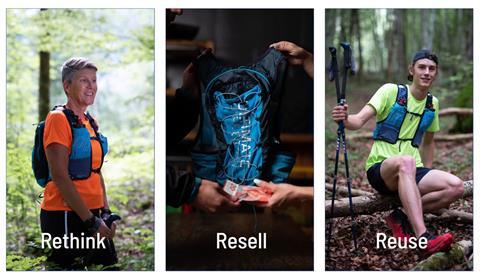
There are many reasons to sell used products: CSR, reaching new target groups, generating sales… For Globetrotter, alongside its in-house repair service, resale is an important component of its sustainability strategy to extend the product life of outdoor clothing and equipment.
“With our offers, we see ourselves as an enabler for a more sustainable way of consumption,” explains Miriam Ersch-Arnolds, PR Manager. In addition, resale offers great potential from an economic point of view: “Experts are talking about a resale share of 10–20 percent of the total market in the next 5–10 years.”
In contrast to Globetrotter, Swiss outdoor retailer 2nd Peak – operating both online and in two stores in Switzerland – solely buys and sells second-hand products. The sustainability aspects of resale were a major factor for Founder Isa Schindler: Extending the lifecycle of products, avoiding unnecessary new production and the environmentally harmful disposal methods of clothing donation collection points.
How do you decide buying and selling prices for used products?
“We aim for prices that are fair for both buyers and sellers,” says Ersch-Arnolds. At Globetrotter, used products are assessed directly on site. Its employees check the original sales price, look at the condition of a product and assess the relevance of brand and product type. In addition, head office gives them a target and minimum margin. From this “mixture” they calculate a sales and a buying price. The consumer can accept, renegotiate or not accept this offer.
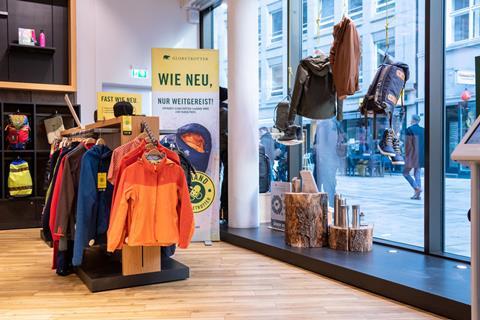
At 2nd Peak, sales prices are about 60 percent of the RRP (recommended retail price), depending on the condition. “The seller receives 1/3 of this sales price. We enforce this consistently and transparently,” explains Schindler.
Resale is not without costs
Sourcing, staff, storage, repair work and more; resale isn’t without cost for retailers looking to get involved. For Globetrotter, the biggest cost is the time of its employees. “We check every product carefully and rework it if necessary. Furthermore, we train our employees regularly,” says Ersch-Arnolds. All these costs are factored into the target and minimum margins when pricing an item for resale.
Globetrotter’s own website adds: “The sales price [for resale] is higher than the buying price [price paid to a seller] so that we can cover the costs of operating the second-hand platform. We calculate 30 percent of the buying price for the costs we incur: For storage logistics, shipping, checking, processing and repairing the products, as well as operating and maintaining the online shop. On top of that, we add 19 percent VAT, which is charged for the sale.”
Not a subscriber yet?
Dive deeper into the sporting goods industry with the latest insights and stories – straight to your inbox!
Schindler from 2nd Peak says: “Reselling is more time-consuming than selling new goods because each product only exists once – it has to be checked, evaluated, purchased, tagged and entered into the online shop. Our staff are multi-talented and I pay fair wages for that.”
Another big cost factor is marketing. “Getting noticed above big players like Transa, Bächli or Globetrotter but with a fraction of the marketing budget is a big challenge,” says Schindler. In addition, Swiss VAT is a burden for second-hand traders in the country: “We, who make a significant contribution to CO2 savings, are taxed in the same way as others who are not held accountable for their harmful waste.”
As VAT rises in Switzerland, she is considering adjusting her pricing concept in 2024. In contrast, EU countries offer the possibility of differential taxation for trade in second-hand goods. This means that the VAT rate does not refer to the sales price, but to the difference between sales and buying price.
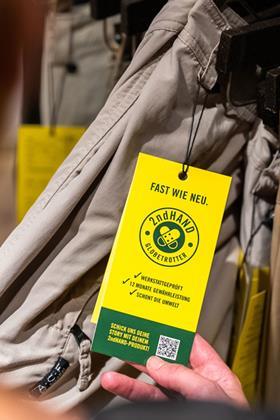
Resale at Globetrotter
- One of the largest outdoor retailers in Europe
- Headquarters: Hamburg, Germany
- Resale offered since 2020 (in addition to “normal” trade with new products)
- Purchase/sale process: In local stores (Germany only) or at secondhand.globetrotter.de (Germany and Austria only)
- Processing: After the sale, the consumer receives the buying price +10 percent as a Globetrotter voucher (online and in store) or optionally the buying price as a bank transfer (only online); if an item has not been sold after 6 months, it will be recycled or donated after consultation
- Items do not have to have originally been bought in Globetrotter, but must be brands the retailer carries
Resale at 2nd Peak
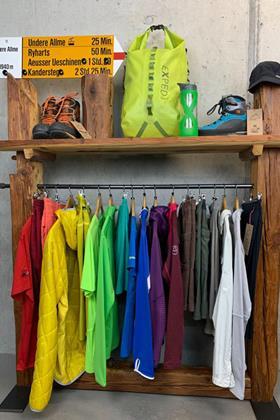
- First outdoor second-hand shop in Switzerland
- Headquarters: Zurich, Switzerland
- Resale solely offered since its founding in 2020
- Purchase/sale process: In local stores in Bern and Zurich or at 2ndpeak.ch
- Processing: The consumer immediately receives 1/3 of the sales price
- Certain brands and products are excluded e.g. safety equipment, kid’s clothing, and own brand outdoor products from non-performance brands including those offered in supermarkets
Pricing pre-loved items in times of inflation
Often, lower prices play a role in the decision to buy used products, especially in times of inflation. But of course, retailers are also affected by inflation. However, resale prices at Globetrotter have not changed. Ersch-Arnolds: “Our consumers are not usually looking for a cheap second-hand bargain. Instead, most want to buy a sustainable, tested quality product with a warranty.”
That said, because sales prices of new products have risen slightly, the products at 2nd Peak also cost a little more. However, according to Schindler, there have been no negative reactions: “People understand that we also face higher costs. Those with limited budgets are still happy to pay around 50 per cent of the new price.”
Learnings from those with resale experience
What are the learnings from the first three years of resale work for both Globetrotter and 2nd Peak? Ersch-Arnolds sums it up: “So far, we have only had good experiences. Due to our fair pricing, we receive consistently positive feedback in the purchasing process. The essential pricing has remained the same, but we have become much better in the details.”
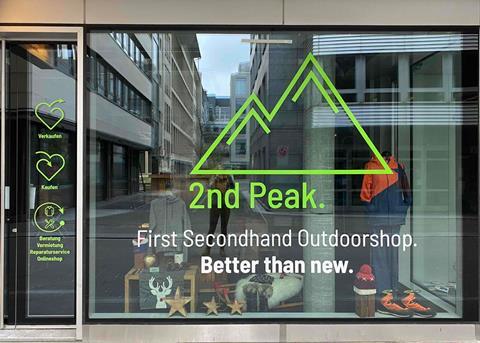
Isa Schindler is proud of her regular 2nd Peak clientele: “Every day we get compliments for our idea and its implementation. We have many loyal sellers and buyers.” Against all odds, she managed to open a second store in 2023 in Bern, Switzerland. Pricing has not changed, but the quality and selection of products is getting better and better.
Does resale pay off?
For Globetrotter, resale has been and is a relevant revenue generator: “For us, this is shown by the fact that sales in this area more than doubled last year. This year, demand is already higher than previously thought,” Ersch-Arnolds reports.
Isa Schindler is positive as well: “There is still not much left at the end of the month, but we are in the start-up phase and do not have a large corporation behind us. At least we are reasonably breaking even and making a relevant contribution to a better environment. That is very satisfying!”
Up next: Pricing for resale in the sporting goods market – challenges, strategies, and the sustainability factor

Pricing expert Robert Tinterov discusses the difficulties and opportunities of pricing goods for resale in the sports industry. With a deep understanding of the market dynamics, Tinterov provides valuable insights into the challenges retailers face, as well as the strategies they can employ to navigate through the complex resale market while promoting sustainability.
Read more

























